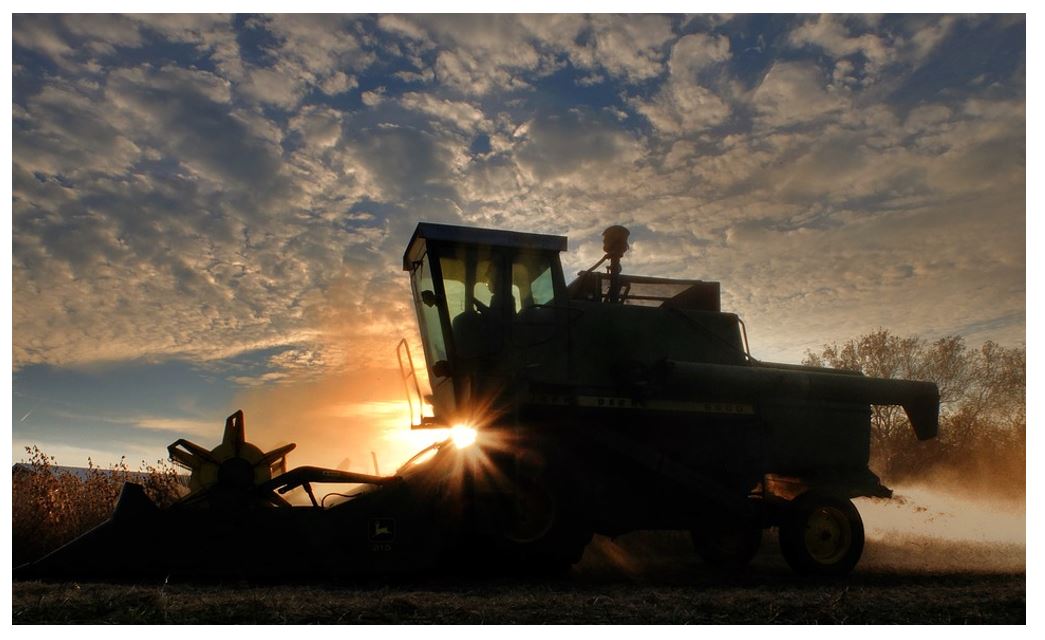

“We’ll take a break from the rollout in August” said the engineer. “We have to wait for the harvest.”
“Excuse me?” asked our executive.
“The harvest” explained the engineer. “It’s our busiest time of year. Everyone is buried dealing with glitches in the ERP system when deploying spare parts or doing root-cause analysis on warranty claims. No one in IT will agree to system testing during the harvest.”
It made sense. For this large manufacturer of heavy agricultural equipment, their customers’ heaviest use period was during the fall as crops matured and were harvested. Even with world-class equipment, the company’s service operations were at capacity every autumn; every resource focused on customer satisfaction and equipment uptime. It would be hard to have project resources focused on learning and implementing innovative technologies, like artificial intelligence (AI) techniques, when the phone might ring at any moment with an urgent customer need. So, a multi-week gap between system design and final testing was built into the project plan.
But the statement, “We’ll have to wait for the harvest,” stuck with me. I’ve been working in manufacturing for decades and have seen my share of innovations. One that has had staying power is the trend toward Industry 4.0 / the Industrial Internet of Things / Smart Manufacturing / the Connected Factory – all terms describing the transformation of business models growing from the seeds of connectivity. I’ve seen automation providers scramble to add computing power to their equipment, instrumentation vendors designing sensors for every possible variable, customers stymied by C-level mandates to create new revenue streams from the data available through products sold in the market while simultaneously saving money within their own facilities. The seeds of this transformation were planted long ago, through innovations in automation and standardization in networking technologies. Connectivity sprouted not only within factories but also within the market, creating a fertile ground for innovation, productivity, and profit.

But the majority of manufacturers I meet are ill-equipped to bring in the bounty. Many are still hacking away at their data with yesterday’s rusty tools – spreadsheets, first principles models, programs designed to optimize a single machine instead of a complete enterprise. While those capabilities still have a place within a manufacturing ecosystem, to truly harvest the value of digital transformation requires the ability to ingest enormous quantities of data and analyze it at unimaginable speeds. The tools designed for small-scale computing are no match for the enormous fields of opportunity growing today in modern data management and analytics. New skills and new approaches are required.
Edge-to-enterprise platforms empower organizations to transform IoT data from connected people, equipment and environments into intelligence to achieve tangible new business outcomes. This enables manufacturers to improve quality, reduce waste and lower maintenance costs by predicting product defects in real-time. A fresh crop of new economic opportunities grows daily as manufacturers learn to offer usage-based services and other solutions.
However, the fruits are available only to those who build bridges between IT and operational environments to extract value from available data, whether it is at the edge, in a data center, in motion or at rest. Traditional tools in industrial environments can manage information only after it is landed in a database – like picking up only the fruit that has already fallen. Overripe, on the verge of rot, that data may already be past its prime. Modern architectures allow “insight harvests” when they are at the peak of their perfection – when there is still time to act. But most engineers are not yet familiar with these architectures and capabilities.
Plant the seeds for a bounty of IoT insights with the following steps:
From my perspective, the crop of IoT opportunities is still growing, and seeds are still being planted. While some organizations have benefited from fast-growing opportunities, others are still pulling up weeds. Many are fending off the pests of fly-by-night vendors swarming in with unproven promises. Profits await those who are patient, who provide fertile ground through proven architectures and trusted partners. An abundant harvest for these organizations is a harvest worth waiting for.
Further information in IoT and AI can be found on both the SAS and the ARC Advisory Group websites.
Marcia Elaine Walker is the Principal Industry Consultant for Manufacturing at SAS. Follow her on LinkedIn or @MWEnergy on Twitter. Follow SAS news @SASsoftware on Twitter.

